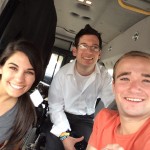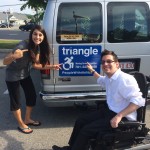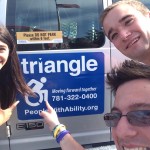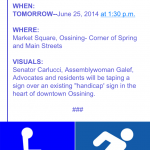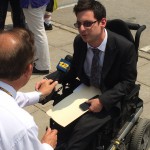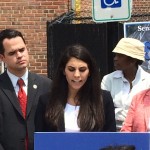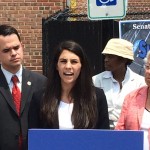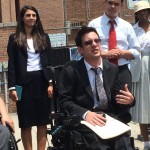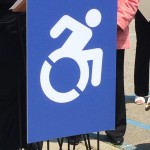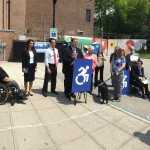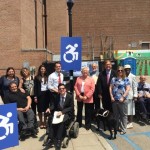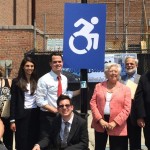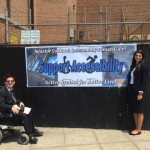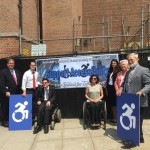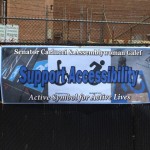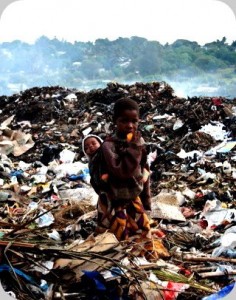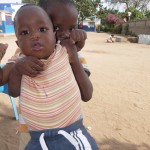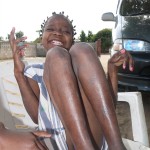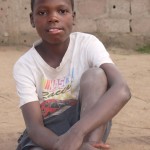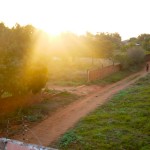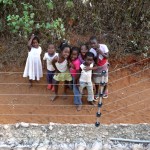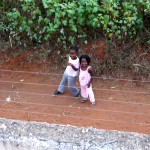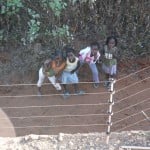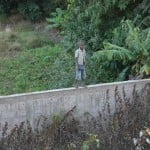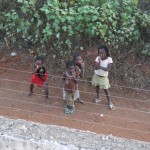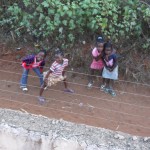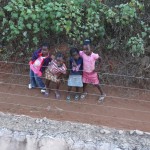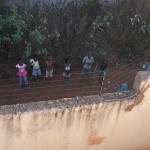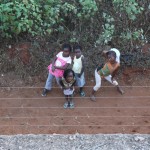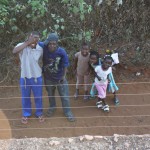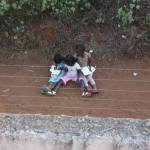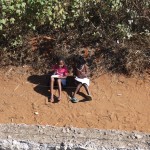Hundreds from Israel and abroad convened in Jerusalem for ICare4Autism’s International Autism Conference. Below I included a short video as well as the news article covering the event.
Please watch this three minute video interviewing the founder of ICare4Autism. “We cannot give up on our children, especially children with autism. Everyone has a place in this world and they can function if you put in the effort. I like to use a four letter word, love…” http://youtu.be/6-W6GjIyPfk
Below is the article Yoni Kempinski wrote for www.israelnationalnews.com about the global event.
“The 2012 International Autism Conference concluded Thursday in Jerusalem with organizers laying out a detailed plan for ICare4Autism to lead the global movement to help those on the autism spectrum. After two days of intense panels and plenary sessions that included a thousand participants from over twenty different countries, ICare4Autism announced that it will focus on three key areas over the next twelve months:
“We will continue to work tirelessly to realize our dream of ICare4Autism’s new global headquarters on Mt. Scopus in Jerusalem, we will move quickly to implement a state-of-the art database system to allow families and caregivers to check information from various governmental and NGO offices in one place, and finally, we will work to implement a workforce initiative for training young adults on the autism spectrum and placing them in high-quality jobs,” said Dr. Joshua Weinstein, founder CEO of ICare4Autism.
Mayor Nir Barkat greeted the conference participants, presenting a detailed vision for Jerusalem in the years to come. “With strong research and care, we have the ability to send a message all over the world,” said the Mayor.
“Jerusalem is a powerhouse in health life sciences, and 50% of Israel’s clinical trials are conducted here. There is no doubt in my mind that ICare4Autism will be extremely successful in Jerusalem. We will make ICare4Autism a centerpiece for this city,” the mayor concluded.
Barkat’s greetings were followed by speeches from Dame Stephanie Shirley, the founding UK Ambassador for Philanthropy, Dr. Shekhar Saxena of the World Health Organization, and First Lady Marta Linares de Martinelli of Panama.
“As the keynote speaker at the conference, I was extremely impressed with the depth and diversity presented,” said Dame Shirley. She shared her own personal experiences with the participants, explaining how her family’s struggles in raising their autistic son encouraged her to become active in the global cause of autism spectrum disorder policy and awareness.
Dr. Saxena noted that “The key is collaboration: for NGOs, developmental organizations and social activists to work together to make a difference for affected families.”
“Jerusalem is the natural location for an event of this nature because the country has historically been a leader in groundbreaking neurological research. We saw it as imperative to expose some of the world’s top academics and public health advocates in this quickly developing field to the Israeli marketplace of ideas,” Dr. Weinstein explained. “We furthermore firmly believe that collaborations like these will lead to the breakthroughs necessary to best confront this condition and we are confident that ICare4Autism will be the catalyst in this global process.”
Over the two-day event, participants chose from fours tracks that focused on important disciplines relating to autism; “Policy and Awareness,” “Bio-Medical Research and Practice,” “Education and Behavioral Techniques,” and “Technology and Resources.” Each track featured top international experts in the designated field.
Some of Israel’s leading institutions of higher learning partnered with ICare4Autism in sponsoring the conference. These included Hebrew University, The Weizmann Institute, Tel Aviv University, Haifa University and Bar Ilan University. The Ministries of Health and Education also collaborated with ICare4Autism on the content of the conference.
Dr. Eric Hollander, a renowned psychiatrist at the Albert Einstein Medical Center in New York and the Chairman of the ICare4Autism Advisory Council, added that he sses the ICare4Autism 2012 Global Conference as “a unique opportunity for leading researchers, clinicians, educators and policymakers from all over the world to share their latest findings and create powerful new international collaborations that will ultimately allow us to discover the etiology of autism and its biologic and environmental causes. This global cross-disciplinary gathering will play a vital role in speeding the development of improved methods of autism detection and treatment that are urgently needed by patients and the families.”

